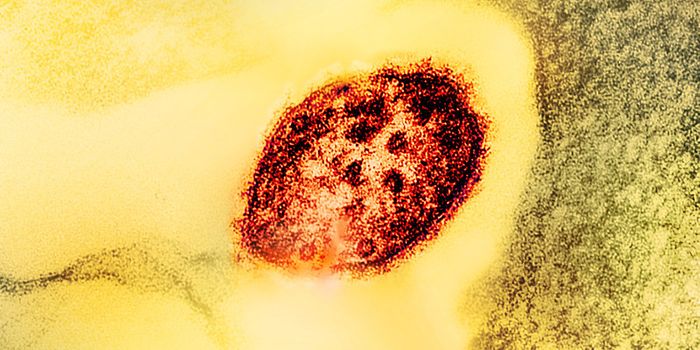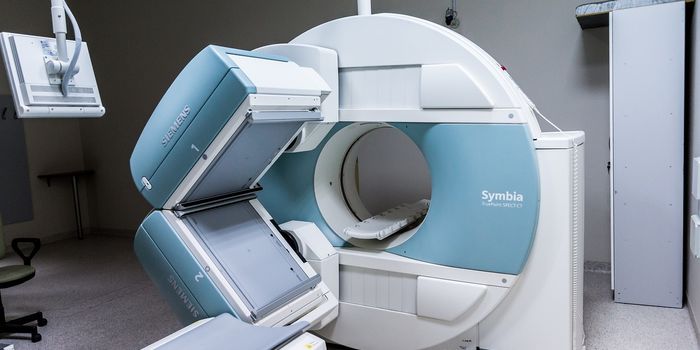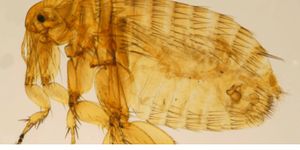The Next Generation of Flu Vaccines? Just Peel-and-Stick
In an effort to increase flu vaccination rates in the population, scientists at the Georgia Institute of Technology have devised a vaccine patch. This peel-and-stick approach could radically transform how people get their flu vaccines every year.
Each year, health officials zealously launch flu shot campaigns, aimed at vaccinating people against the influenza virus. But unlike other viruses, such as those causing measles and mumps, the flu virus mutates too quickly for the vaccine, which is why we have to get the shot every year. As critical as the flu vaccine is, not enough people actually get vaccinated against the flu virus. And consequently, around 48,000 people die every year from flu-related complications.
To simplify getting a flu vaccine, researchers wanted to move away from traditional needle injections. Needles and shots tend to invoke fear in many people, and this fear makes it even less likely for patients to schedule a visit to the clinic to get the flu shot.
In a Phase I clinical trial, researchers tested the safety and efficacy of a microneedle flu vaccine patch. The peel-and-stick transdermal patch is roughly the size of a thumbprint. But size can be deceiving - the patch contains 100 microneedles that deliver a dry form of the flu vaccine into a patient’s system.
The microneedle vaccine method was effective at producing good immune response in patients. In fact, there was no difference in immune response between those who received the microneedle vaccine and those who received the traditional flu shot.
Furthermore, the team also found that patients can self-administer the flu patch effectively. That is, whether the patch was applied by a healthcare provider or by the patient themself did not affect the efficacy of the flu vaccine. Moreover, participants overwhelmingly showed a preference towards the patch since it’s easy to apply and much less painful than traditional shots. In just 20 minutes, the vaccine is absorbed, the microneedles are dissolved, and the patch can be discarded like a Band-Aid.
These advantages, combined with the stability of a dried flu vaccine, make it much more attractive and encouraging for patients to actually get vaccinated. In particular, the microneedle patch could transform how vaccinations are done for the pediatric population.
The microneedle patch is not without flaws, however. People who used the patch reported more incidence of itching and redness at the contact site. The reactions were not unexpected, and did not seem to dampen people’s preference for the patch.
The patch still has to undergo more rigorous clinical trials, but so far, the results are promising. The team hopes to encourage more people to get the vaccine, which may ultimately reduce the number of deaths caused by the virus. They also hope to expand the application of this transdermal microneedle patch to other drugs and vaccines in the future.
Additional source: Georgia Tech, Live Science, NIH









